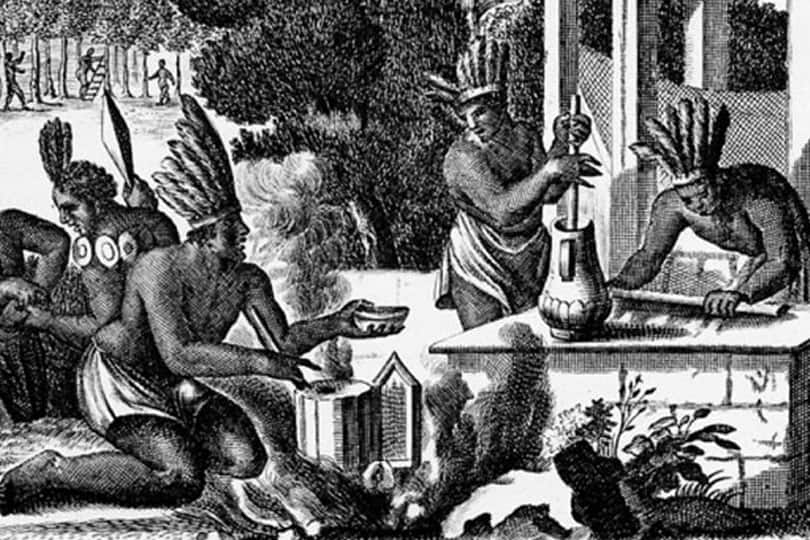
About Chocolate
THE ANCIENT LAND OF CHOCOLATE
The origin of chocolate is a mysterious land of the Olmecs and Mayas, which extended south from today’s Mexico up to the coast of Guatemala on the Pacific Ocean. The members of those ancient civilizations believed that cacao tree belonged to gods, and that its fruits are a gift from gods to humans. For this reason, much later, the Swedish botanist Lineus gave the name to cacao tree, the Theobroma cacao (Theos – God, broma – drink; ancient Greek).
THE FIRST CHOCOLATE BEVERAGES
The first chocolate beverages prepared by Mayans and Aztecs were bitter, greasy and cold. The potion was got by grinding the dried cocoa beans, after which the obtained mixture was placed in pots of gourd and spilled over with water. For Mayans and Aztecs, the foam was the tastiest part of that beverage. Mayans were getting foam so as to lift up a pot with cocoa and sift it into another pot.
THE AZTEC'S SOURCE OF ENERGY AND WISDOM
Around year 900 AD, the Mayans mysteriously disappeared, and their territory was inhabited by the Aztecs, for whom chocolate became a source of wisdom, strength and energy. The price of cocoa was extremely high, for hundred beans one could buy a slave, for four beans a rabbit and for ten one was able to get the services of a prostitute. The chocolate was given to soldiers during war expeditions, and for traveling needs, it was compressed in the appropriate pastilles.
THE DRINK OF RULERS
The first bitter drink made from cocoa beans was prepared exclusively for sovereigns and nobles for the ritual purposes. It was used with oatmeal porridge, and sometimes enriched with sweet corn or spiced with chili. From that period (4th – 9th century) the numerous painted pots with motifs of cacao fruit and remaining sediment of this beverage have been preserved.
THE FIRST SWEET DRINK
Christopher Columbus and Cortez were the first Europeans to encounter cacao tree. The Spanish missionaries invented up new recipes for preparing this miraculous drink by adding sugar and spices. Cocoa beans were roasted, peeled and ground until reaching the fine paste which was then well sweetened, and then after they added cinnamon, anise, vanilla or nutmeg.
THE ARRIVAL OF CHOCOLATE IN EUROPE
At the end of the 16th century, the Spaniards brought chocolate to Europe. Across Spain shops were opened for drinking cocoa – chocolateries, in which people came in the afternoon, where it was served with a kind of toast – picatoste, which was dipped into a drink. For a long time, the chocolate in Europe was only used as a medicine, stimulating beverage or to prepare spicy sauces in the courts and aristocratic circles.
THE COCOA PLANTATIONS
The colonists from Spain have raised cacao plantations across Mexico, Ecuador, Venezuela, Peru, Jamaica, Haiti and the Dominican Republic. The production of cocoa beans soon have also expanded in the other tropical regions with humid and warm climate which is favorable for cultivation of cocoa beans. The Dutchmen have transplanted it to Java, Sumatra, the Philippines, Samoa and Indonesia, the French in Brazil and in Martinique, the Portuguese in the island of St Thomas and West Africa, the Germans in Cameroon, and the British to Sri Lanka.
THE FIRST CHOCOLATE BARS
The chocolate in a solid form, as we know it today, started to be produced in the mid 19th century thanks to the invention of hydraulic presses, and from the ground cocoa beans, the extraction of cocoa butter has begun, which was then mixed with ground cocoa and sugar, and the resulting paste was poured out in molds.
This process of obtaining chocolate, with some modifications, has been retained to this day.
This process of obtaining chocolate, with some modifications, has been retained to this day.




